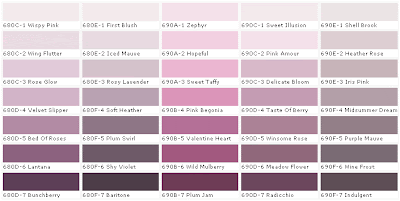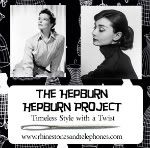I have not been the creator of a mass of perfect garments for myself as I perhaps thought I would be but I did make a few things. More importantly I learned a few things about sewing, knitting, fashion history, the sewing blogger community and most importantly about myself and where I fit in and feel comfortable among all of those things. I had decidedly stated that I was not ready to stop buying clothing for an entire year (with a whole crock of bad excuses) and then that was exactly what I did! At least mentally anyway. I bought a few items during my trip to Israel in August and a couple more in the Fall that still need to be documented so I can get out of Re-Fashionista Jail but I was much more conscious about what I bought and tried to make more than I bought, Being more self-sufficient is an idea that I have grown increasingly attached to, in all aspects of my life. I am trying to be a more conscious (vs. unconscious) consumer. I try to buy from local shops, buy used items when I can, and donate or repurpose what I no longer need before I think of just throwing it away. I am not always perfect in these aspects but I am more aware of them and my 2010 project will continue to explore these ideas.
So the year in review:
Tree dress
Tartan School Tote
Summer Dress
Floral Fall Shirt
Find me on BurdaStyle.com
Art Smock
Corduroy Jumper
I participated in my first clothing swap through which much of my unwanted clothes received new lives and I received:
a cardigan, a little black dress, a wrap-to be used as dress material, and a skirt I liked the design of that I would like to copy
Fixed 2 winter coat pockets and completely replaced one more
Learned how to create faux smocking with elastic thread in my sewing machine (Used to repair Arabian Princess Dress)
I attended 2 natural dyeing workshops and taught my first knitting class (I hope to do more of both of these things)

Jersey dress (I wear this ALL the time. Definitely a good buy if there ever was one) and Belt (often worn like this or a variety of other blouses and other dresses. I wear this a lot. I need more waist fitted belts)
Tunic top (good with skinny jeans or as a beach dress)
Leggings, black (this doesn't need a picture does it?)
Sweatpants (this doesn't need a picture either, right? Haven't owned a pair since high school. I did wear these all winter as they are super comfy for around the house.)
Sweater Coat (This was my main splurge. I just loved it so much and I don't really have a between jacket. I get lots of compliments on it. It isn't wind proof though. I have thought of lining it with a breathable wind breaking liner (also one that is silky as it is currently lined with fleece that sticks to my clothes and makes it sometimes hard to put on))
Bought but does not require a Get Out of Jail Pass:
Cute shoes
Memphis Belle Dress
2 vintage handkerchiefs
Paris Scarf





